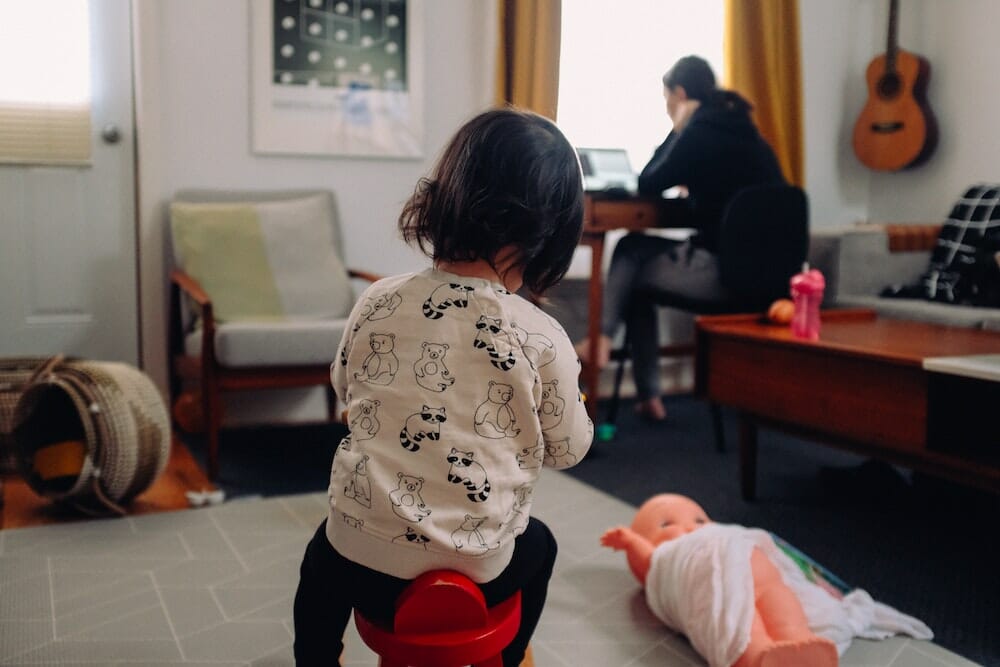Remote Working
Designing Your New Normal
Raise your hand if you need all the tips for staying connected and staying on task? Us too. We compiled some resources to help you design your new normal at work.

By Thais Jacomassi
Over the last ten years, remote work has grown exponentially, and in 2019 around 4 million Americans were working from home. Due to COVID-19, this number has increased and forced many to adjust to very different working environments, including leaving record numbers of Americans unemployed or unable to work. As a consequence, leadership has taken on a new meaning as individuals find themselves in unexpected roles.
The teaching community has had to make various sacrifices in the wake of schools closing, particularly art and design instructors who depend on in-person, community-based, and hands-on teaching. Luckily, improvisation and innovation are not new concepts to designers. Facebook groups have been made to share online resources and advice among the community as many are brainstorming ways to provide the same quality of education for their students. One instructor developed recipes for students to do mold-casting with sugar and other materials that can be found at home.
Working virtually during COVID can bring about unique challenges since many people’s lives feel static, while other people are faced with chaos or grief. Collaborative platforms, like Zoom and Mural, have proved essential in building open communication for teams and keeping up engagement. An interactive workspace that requires participants to be present helps each voice join the conversation and encourages a sense of community. ArchDaily shared an amazing list of advice and tips for enhancing remote work, which includes ideas like using the Pomodoro method to divide up work time, various online learning programs, and stories from leading design firms on their organizational approaches.
While acclimating themselves to a new work environment, some organizations have begun looking into what returning to a physical work environment will look like in the future. How can safety and the wellbeing of workers be implemented through design? When considering this question, Cushman & Wakefield designed a concept named the “Six Feet Office.” The Six Feet Office suggests ideas for a return to the office and to introduce what could become the norm.
CoDesign Collaborative can get behind ArchDaily’s hopeful mantra – let’s continue to “face the future with optimism and creativity…so that when the coronavirus pandemic passes…we will emerge ready to design a better future.”